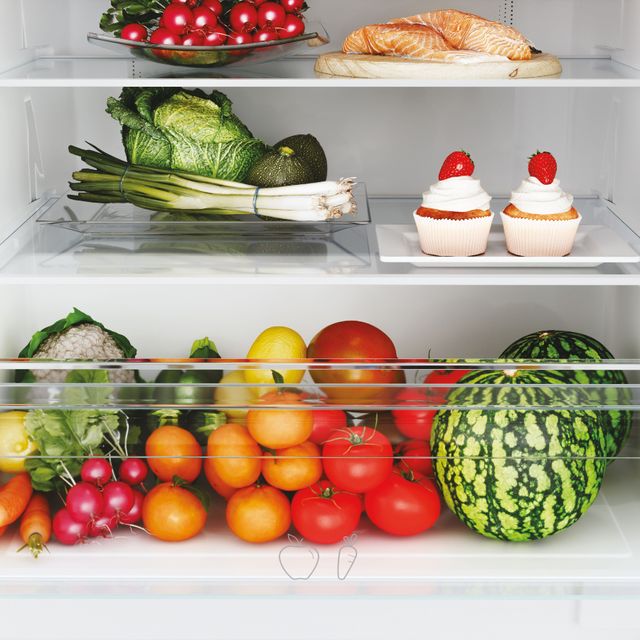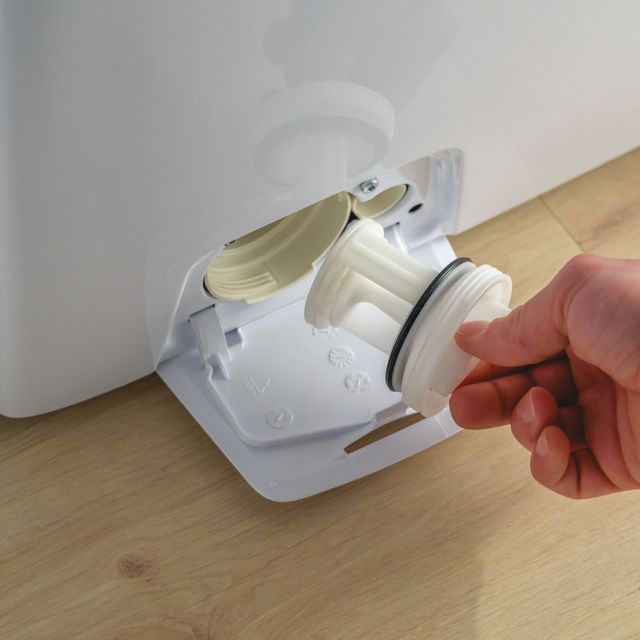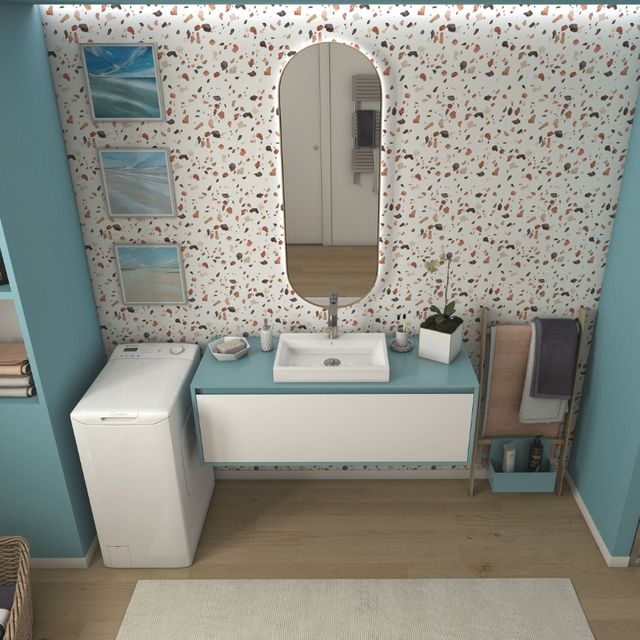If there is one thing that we can be sure of at home, it is that all electronic devices consume energy, but how much are we talking about exactly? The answer to this question can vary considerably depending on their type, energy class, age and condition.
The kitchen is usually the room in the house that contains the most appliances. If energy is not wasted and the use of various appliances is optimised, then your home is on track to become an example of intelligent consumption.
Refrigerators are known to consume a lot of energy. If yours is more than 10 years old, replace it with a new energy-efficient model. Recent models are much more energy-efficient than older models and those that meet these criterion are not necessarily expensive. Check the energy class sticker and the price of the appliance to find the one that is right for you.
Ovens also require a lot of energy to heat to high temperatures for optimal food cooking. It is therefore important to take a few precautions to optimise their use. For example, consumption skyrockets when the door is often opened to check how the food is cooking: the oven must then return to the right temperature. So avoid doing this, as well as leaving it empty for too long once it reaches the required temperature... this is simply a waste of energy! Additionally, always check that the door seal is in good condition and that the fans are working correctly, both for safety reasons and to ensure high energy efficiency.
Candy’s connected induction hob helps to keep consumption under control. Thanks to the Power Management function, which can be conveniently managed from your smartphone using the simply-Fi app, you can set the correct wattage (from 2.5 kW to 7.5 kW) according to your energy contract. Once set, simply confirm by pressing the Direct Cook button on the hob, saving time and – above all – energy.





